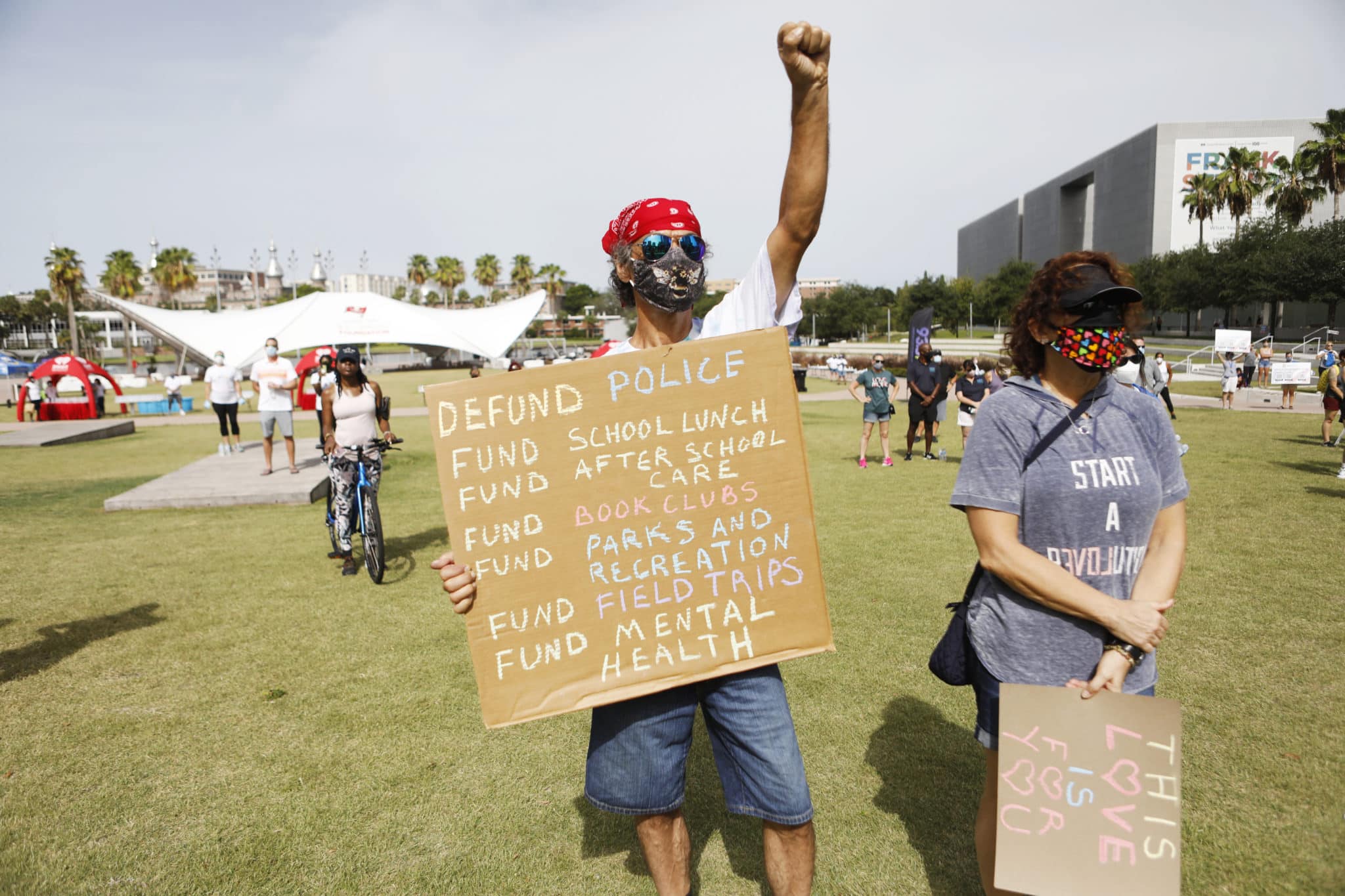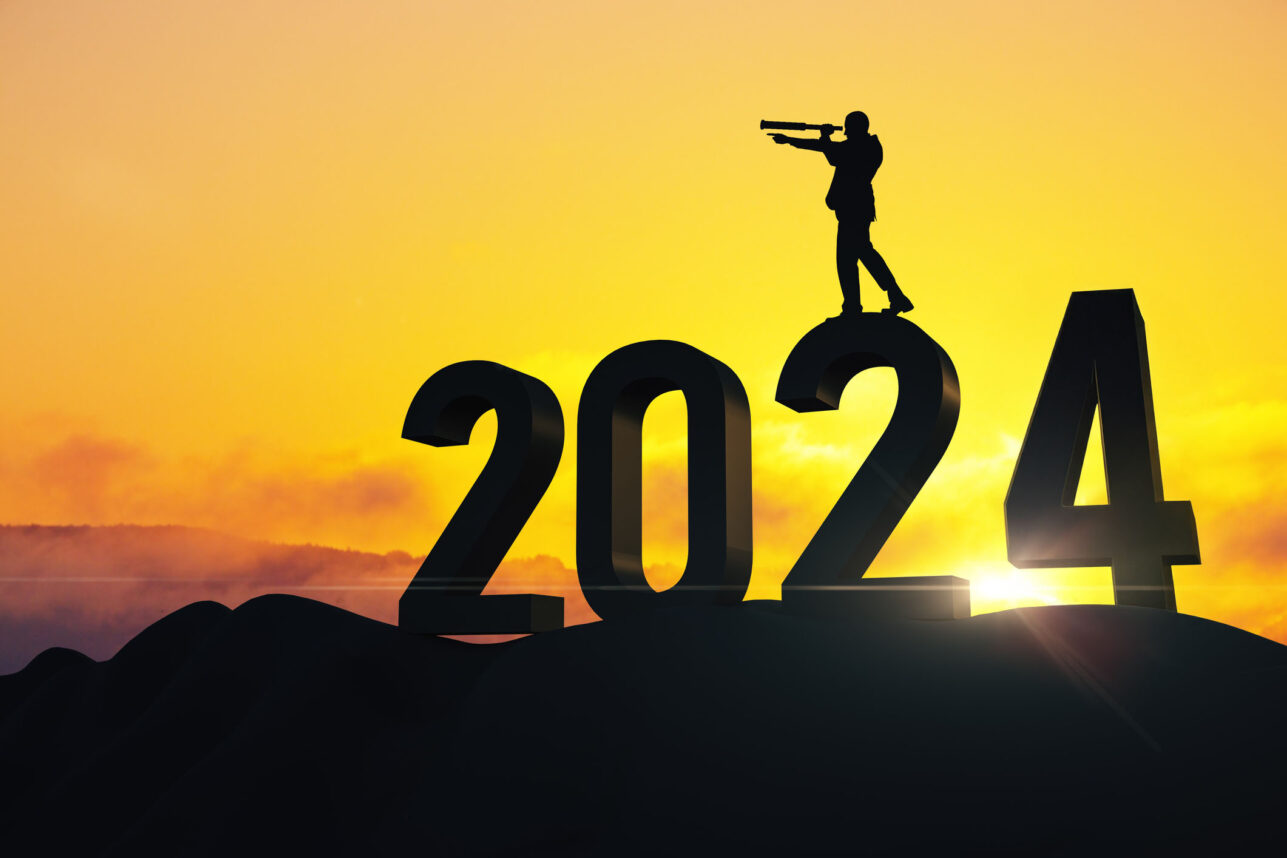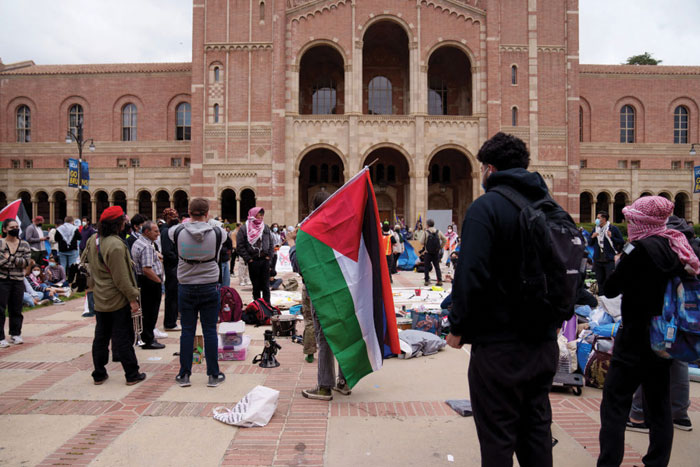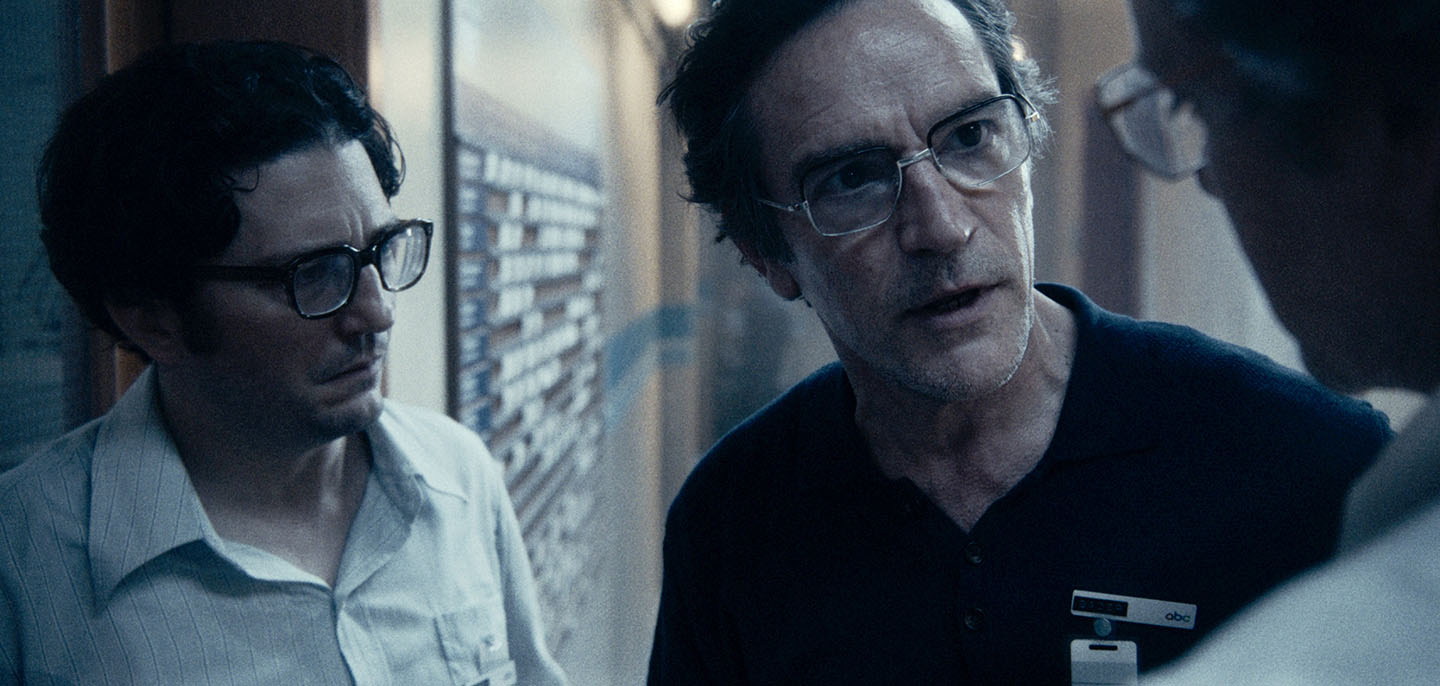
Americans are nuanced, not naive, about crime and punishment.
On the one hand, since 9/11, there has been a spirit of respect for the bravery, humanity and public service of many first responders, including police officers and firefighters.
Our persons, homes and business property are protected by those whose long and relatively modestly paid hours include life-risking efforts to prevent and solve crimes, defend abused spouses, mentor at-risk youth, and defend against the terror of deadly gangs.
Violent crime and property crime statistics in the United States are sobering, with millions of murders, rapes, assaults and burglaries in our cities, on campuses and in central business districts every year.
On the other hand, many across the political aisle express legitimate civil rights concerns and deep upset at instances of racially biased policing outcomes, including, for example, the use of chokeholds and other tactics that may violate equal justice under the law.
In recent years, state legislators have challenged city police departments seeking to acquire armored personnel carriers, military-grade hardware, military-equipped vehicles and unmanned aerial vehicles.
Historically, militarized urban police forces have long been viewed with skepticism by conservatives and liberals. There also is a very longstanding and broad consensus opposing unreasonable law enforcement searches and seizures.
Our American founders warned against a domestic standing army of professional law enforcement, much preferring an armed citizenry to assure public safety.
Our national defense against foreign threats is secured by our nation’s six military branches (Army, Marine Corps, Navy, Air Force, Coast Guard and Space Force), which are reluctant to engage in domestic activity.
Department of Defense officials were quick to oppose suggestions to invoke the Insurrection Act of 1807 during the recent riots, deferring to National Guard troops, who generally assist states in times of natural disaster or insurrections. Customs enforcement and border control agencies, along with the Transportation Security Agency, are meant to prevent the illegal entry of people or contraband. Federal Department of Justice officials and intelligence agencies increasingly are focused on cybercrimes, although citizens are nervous about a growing “surveillance” state.
It is left to county sheriffs and local city police forces to carry the burden of “law and order” in a complex environment that includes well-funded gangs and violent street crime, cellphones recording police activity, and unions that sometimes have defended cops with long records of public complaints by citizens.
Police reform efforts have succeeded in creating consent decrees to monitor and reduce police misconduct; civilian review boards and watchdog commissions; diversity, inclusion and outreach efforts to attract minority officers; and training programs that focus on violence de-escalation, conflict resolution and other community policing strategies.
At the federal level, the 2018 First Step Act was a long-sought, bipartisan effort to provide prisoners with a second chance through rehabilitative and drug treatment programs, fair sentencing, smart confinement and educational opportunities.
In the wake of the well-publicized death of George Floyd and other instances of police brutality, legislators and citizens are forcefully advocating further reallocation of police resources better to avoid violent confrontations.
Most studies reveal instead that increasing police presence in troubled areas reduces crime.
Sadly, Black U.S. Sen. Tim Scott’s (R-S.C.) leadership on this issue in Congress has been outright rejected by partisan forces refusing to engage in serious national consideration while they seek political advantage.
Although crime has declined in recent years and there is strong momentum for police reform, Americans still overwhelmingly agree that we need public-safety officers to ensure domestic tranquility.
A recent YouGov poll by the respected Economist showed that by more than 2 to 1, Americans oppose the notion of defunding the police. An even greater 3-to-1 ratio opposes calls to abolish the police.
There are some 50 million police and civilian interactions per year in the U.S., resulting in some 10 million arrests, down from 14 million a few years ago. There were approximately 1,000 officer-involved shootings in 2019, with many involving armed perpetrators confronting law enforcement officials. Nineteen unarmed whites and nine unarmed Blacks were killed by on-duty police officers in 2019. Of the 48 police officers killed in the line of duty last year, 40 were white.
Some of the response to Floyd’s death runs the risk of increasing, not decreasing, crime and the murder of innocents.
The recent widespread violent riots included criminal opportunism, allegedly perpetrated in part by prisoners recently released during the COVID–19 crisis.
Ominously, the downtown Seattle CHOP/CHAZ zone of streets has been allowed to remain a police-free zone, and violence has picked up there in recent days. The Minneapolis City Council is considering dismantling its police department. The New York City police budget may be cut by up to $1 billion.
Black Lives Matter has declared that “law enforcement doesn’t protect or save lives.” “Progressive” officials such as Rep. Ilhan Omar (D-Minn.) and Rep. Alexandria Ocasio-Cortez (D-N.Y.) have declared the police in their states are “beyond reform.”
Proposals to cut police budgets have been raised throughout the nation, including some $150 million from the Los Angeles police budget. Meanwhile, the Los Angeles Unified School District rejected initial proposals to reduce police presence at schools.
Demoralized, nearly three-fourths of the Washington, D.C., Metropolitan Police Department said in a poll that they are considering leaving the force in reaction to a City Council bill that focused on public release of body-camera footage and limitations on the use of force.
Heather Mac Donald, in her book “The War on Cops: How the New Attack on Law and Order Makes Everyone Less Safe,” notes that increasing hostility toward — and murder of — police officers leads to a so-called “Ferguson Effect,” in which police officers may stand down and cut back on proactive policing, particularly in high crime areas, out of fear for their safety or of being falsely accused of racism.
Most studies reveal instead that increasing police presence in troubled areas reduces crime. Prominent Black Harvard professor Roland Fryer Jr. suggests that any wide-ranging defunding of police will result in the murder of thousands of Black people. Limited police presence in Chicago resulted in yet another recent weekend of the awful killing of innocents.
We are a nation united in our desires for racial justice and harmony, safe neighborhoods and business districts, and human decency among all citizens. Police reform, not abolition, and appropriate re-allocation of resources can best respond to community concern and increase public safety.
Larry Greenfield is a fellow of the Claremont Institute for the Study of Statesmanship & Political Philosophy.






















 More news and opinions than at a Shabbat dinner, right in your inbox.
More news and opinions than at a Shabbat dinner, right in your inbox.